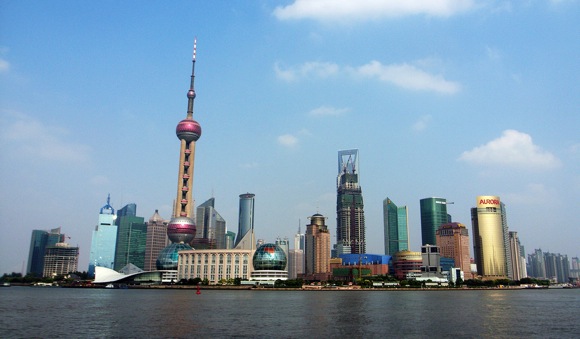The 2011 China Hotel Industry Study created by Horwath HTL shows a revival in 2010 performance, especially in the major markets, after four years of declining performance levels. Primary markets such as Beijing, Shanghai, Guangzhou and Shenzhen all recorded strong growth in RevPAR and GOP performance.
GOP levels increased for all star-rating categories with 5-star hotels recording a 28% increase in GOP at RMB 117,448 per available room (PAR); 4-star hotels recording a 27% increase in GOP at RMB 61,260 PAR; and 3-star hotels recording by far the largest increase of 52% and a GOP of RMB 35,950 PAR.
While the return to a positive trend in GOP is good news, the data does indicate that positive growth in GOP has not been spread evenly throughout the country. Primary city GOP levels recorded a significant increase of 67% in 2010.
“One would think that much of this impressive growth would have been driven by the performance of hotels in Shanghai, where 5-star hotels recorded an average GOP per room of RMB 192,913 in 2010. However, Shanghai 5-star hotels recorded a growth in GOP of 61%, below the primary city average,” said Damien Little, director, Horwath HTL, Singapore. “The Beijing market recorded a 69% increase in GOP levels in 2010, helping to drive the overall growth of primary city GOP levels, and Guangzhou/Shenzhen recorded growth of 54%, albeit off smaller base GOP numbers in 2009.”
Little added that a look at secondary market performance in 2010, while positive, indicates that many hotel markets across the country need to see a lot more growth before performance levels could be considered healthy.
“Such low profitability levels of 5-star hotels across the country indicate the difficulty for hotel developments to provide a decent return on investment remains,” Little said.
At the same time, not unlike the trend being witnessed elsewhere in the world, occupancy in China rebounded better than rate last year, according to the survey results representing more than 200,000 hotel rooms.
“Oversupply continues to be an issue in most markets across China with the highest occupancy among all the categories listed at only 68% in 2010,” said Robert Hecker, managing director of Horwath HTL. “Most categories continued to record below 65% occupancy, and with a full pipeline of projects in the short to medium term, many markets are likely to continue to record depressed occupancy levels. This will continue to impact upon GOP levels and result in a longer time required for the market to return to record profitability levels.”
Overall, however, Horwath was bullish about the future of China’s hotel industry. “2010 was largely a year of positives for China,” Little added. “With very few exceptions, pretty much all categories listed in this publication recorded both increases in occupancy and average room rates in 2010. All but Sanya 5-star hotels also recorded an increase in RevPAR for the year… It is clear to see that there is some way to go before hotels in China return to previous high RevPAR levels. However, with improvements recorded across all but one category, it would be expected that upward momentum should be able to be maintained in 2011.”
Other highlights from the study:
* Domestic demand sources now account for a larger share of total in the 4- and 5-star categories. For example, domestic corporate demand increased from 25% to 31% in the 5-star market.
* In the leisure segment, domestic demand has also increased, while foreign leisure demand has declined. In the 5-star market, foreign leisure guests (both FIT and groups) have declined from 16% in 2005 to 11% in 2010, while in the 4-star market, foreign leisure has declined from 14% to 8%.
* Domestic corporate ADR levels, along with their share of total demand, have been increasing. Domestic corporate demand for the 5-star market has seen ADR increase from RMB 708 in 2005 to RMB 759 in 2010. For the 4-star market it has increased from RMB 446 to RMB 455. While growth has been positive, it should also be pointed out that it has been marginal.
In contrast, foreign corporate average room rates have declined considerably over the last 5 years. This has been influenced by a greater number of international hotels in smaller secondary markets as well as an oversupply situation in many markets that has resulted in price discounting among competing hotels.
* More of the 3-star hotels are internationally branded, limited-service models. As a result, both domestic and foreign corporate demand feature more heavily in the 2010 data, while MICE demand accounts for a smaller share of total. On the whole, average room rates for the 3-star market have increased over the past five years, although individual segment rates have recorded declines. However, the greater share of corporate demand, which is the highest yielding demand segment, has allowed for overall growth in ADR.


